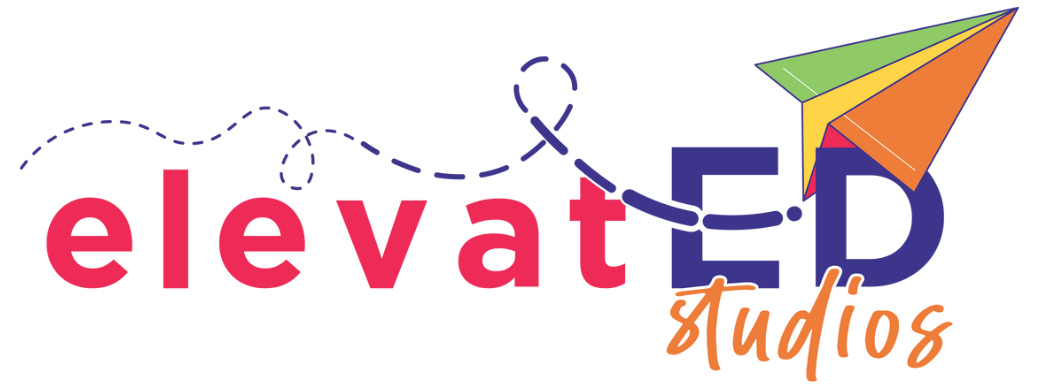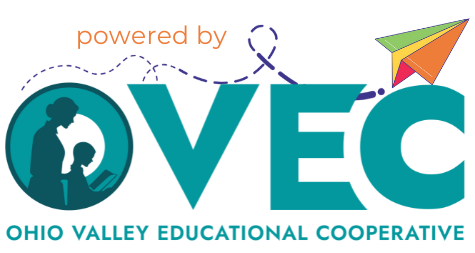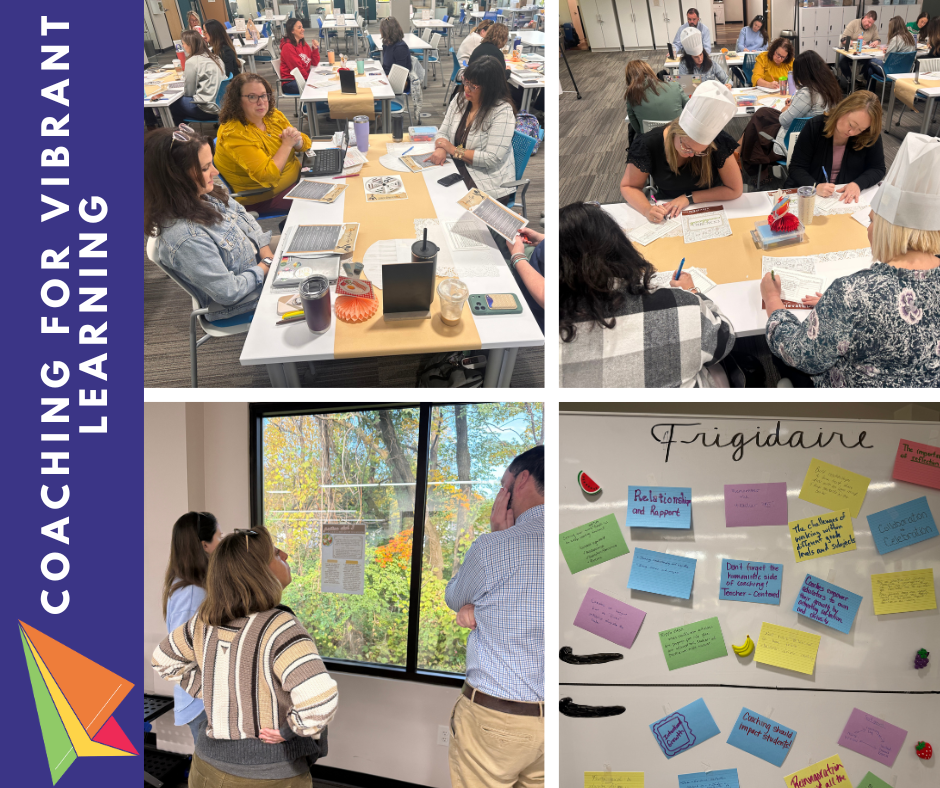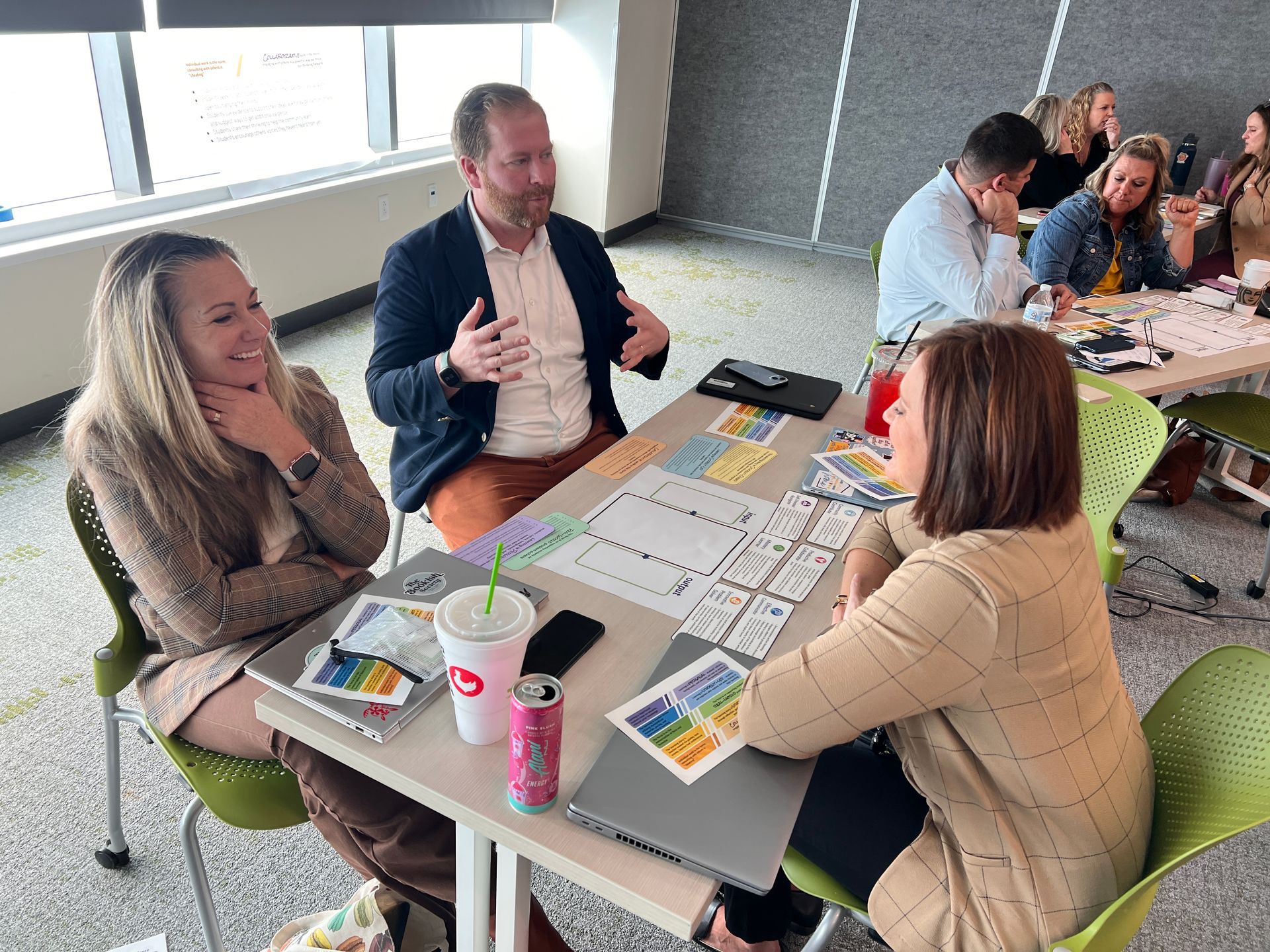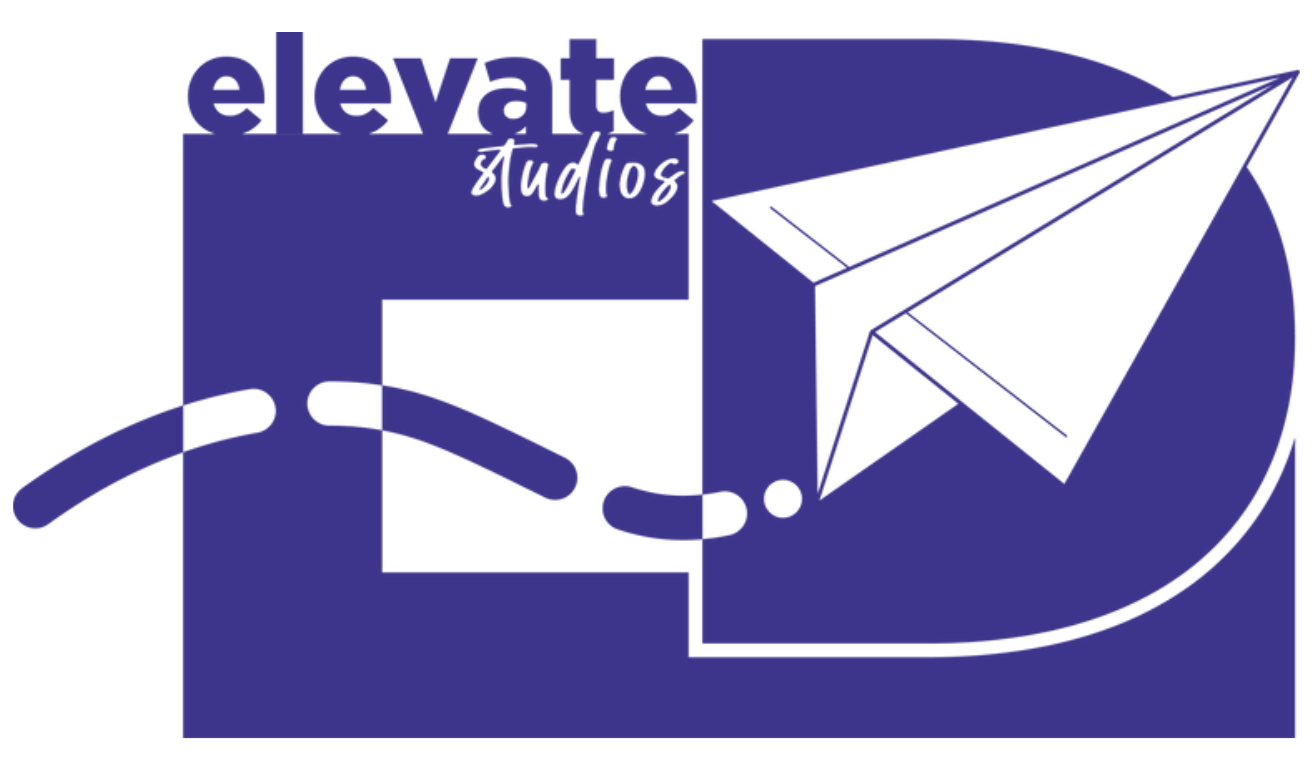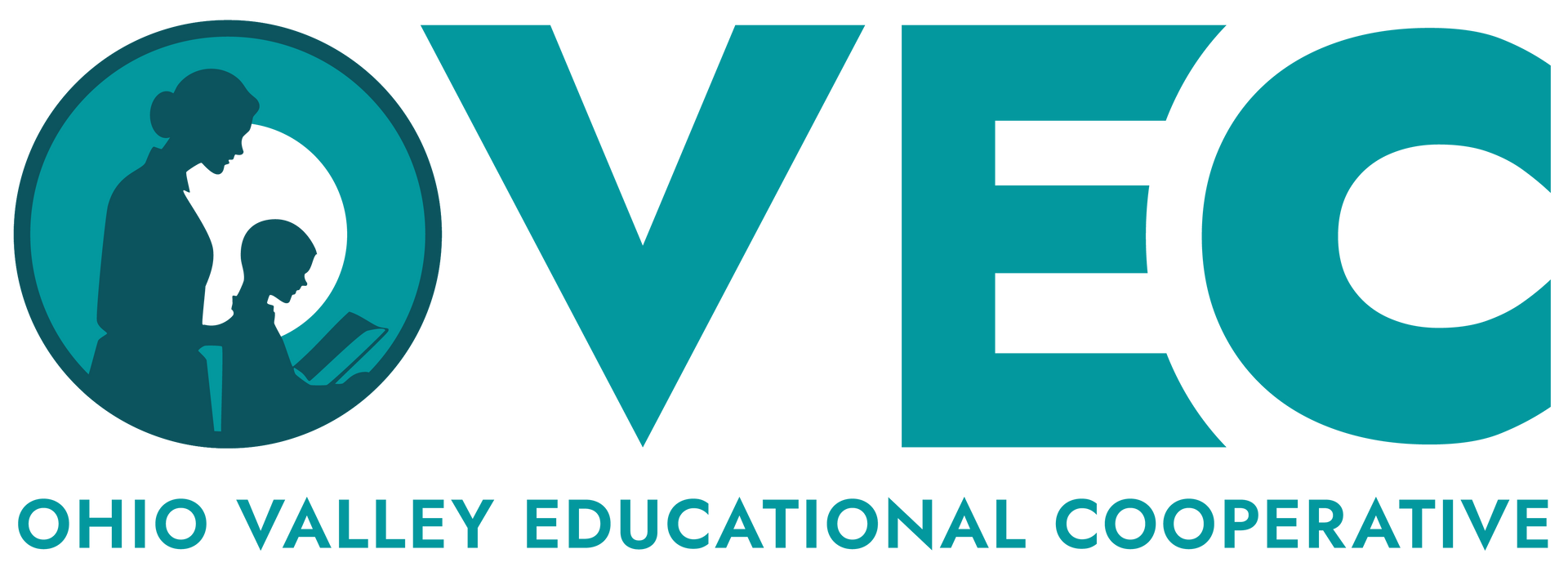Learning from Local Accountability Trailblazers
This article has been written by Lacey Eckels
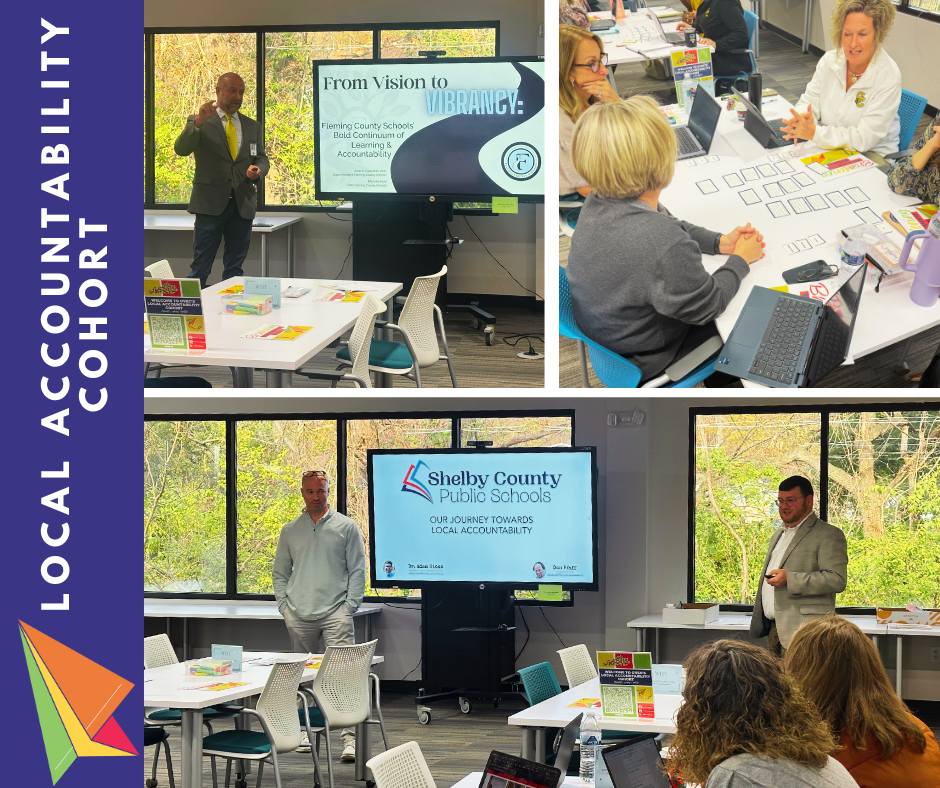
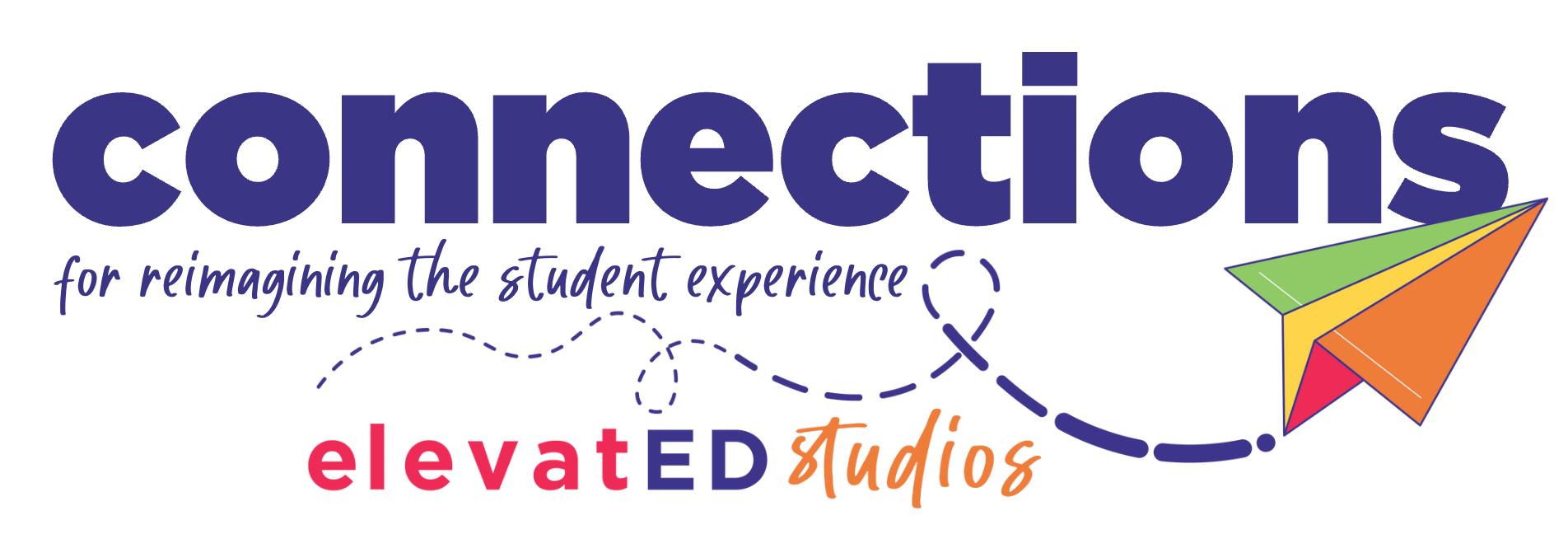
Learning from Local Accountability Trailblazers
Last week, our Local Accountability Cohort grounded its learning in the lived experiences of Fleming County and Shelby County—two districts shaping local accountability long before the term became common in Kentucky. Their journeys echo many of the moves described in KDE’s Local Accountability Design Guide & Toolkit, which draws on UK Next Gen’s Local Accountability Continuum to name the actions districts often take as they design this work alongside their communities.
Both districts traced their beginnings back to the same starting point: engaging their communities to define what success looks like for their learners, the heart of Action One of UK's Continuum—Define Success for Students. For Shelby and Fleming, this work took shape through their Portraits of a Learner. More than posters or initiatives, these portraits became the foundation for building systems that center the student experience and reflect what their communities and learners value most. As the cohort listened, leaders shared how affirming it felt to recognize their own early steps—developing portraits, shifting learning experiences, gathering evidence of student growth—reflected both in the continuum and in the stories from the field.
All of this is unfolding as Kentucky is in the midst of the advocacy phase for a future accountability system outlined in Framework 4.0. And while the path ahead is still taking shape, Shelby and Fleming offered a grounding reminder: districts don’t have to wait for statewide rules to create meaningful change. The systems they’ve built with their communities are already strengthening relationships, building trust, and creating richer learning experiences for students right now.
And that became the quiet but steady theme of the day—local accountability isn’t about building a dashboard: it’s about improving the learner experience to ensure learners have the skills they need to be successful. When districts stay rooted in that purpose, the work remains clear, energizing, and worth doing regardless of what comes next at the state level.

Map Your District’s Local Accountability Landscape
Both Shelby and Fleming named how central their Portrait of a Learner has been in shaping their local accountability work. For districts beginning to define success for students—or wanting to strengthen an existing Portrait—staying in genuine dialogue with the community is essential. One powerful way to do that is through Alumni + Employer Roundtables, a simple 90-minute conversation that brings recent graduates and local employers together to name the skills, mindsets, and habits that matter most after high school.
This tool can support districts at any stage:
- Defining success for students if you’re creating your Portrait for the first time, or
- Revising a Portrait you already have by checking whether it still reflects what young people truly need for college, career, and community life.
How to use it:
Invite 3–5 alumni and a small group of employers, share your current (or draft) Portrait for context, and facilitate the prompts provided. Capture themes using the Roundtable Summary Template. Use that feedback to refine your Definition of Success.
Alumni + Employer Roundtables lift up the voices of students, graduates, and local partners as anchors for defining success. That clarity keeps your Portrait a living reflection of what your community values most, which is the heart of meaningful local accountability.
Access the complete tool here. If you'd like support in hosting an Alumni + Employer Roundtable or to think more about next steps for Local Accountability in your district, we'd love to connect!
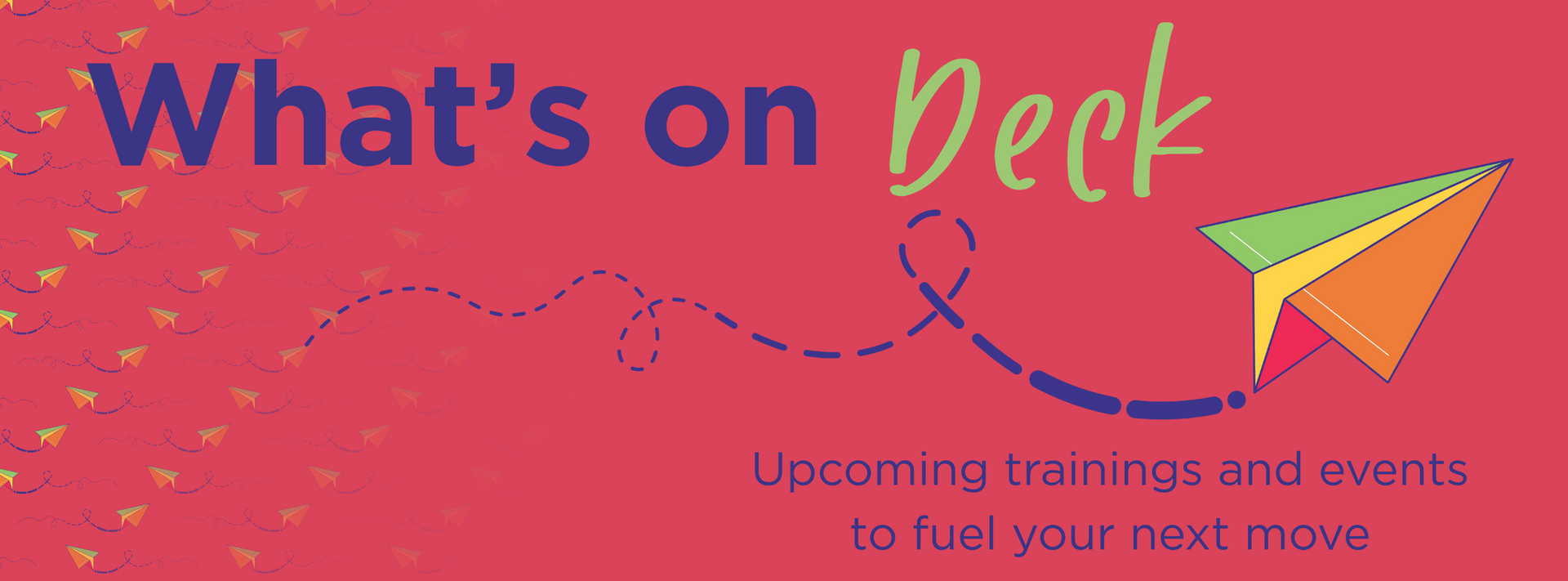
Your Fall Learning Flight Plan
✈️ December 9 – Designing Defenses of Learning (9am–3pm)
COACHES + BUILDING & DISTRICT LEADERS:
Whether you’re launching defenses for the first time or ready to reimagine the ones you have, this session is your design lab. We’ll spend the day exploring:
- What makes a defense truly learner-centered
- How to design prompts, artifacts, and reflection arcs that spotlight growth
- Ways to bring students, staff, and the community into the experience
You’ll leave with a defense model that’s bold, doable, and ready to showcase the strengths and journeys of your learners.
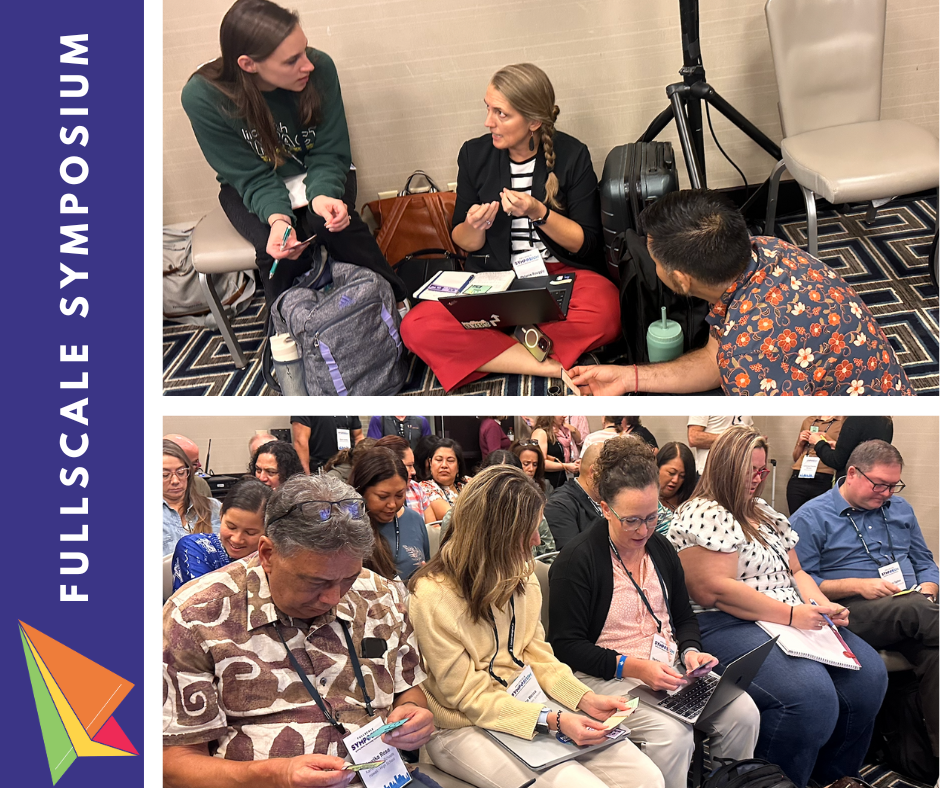

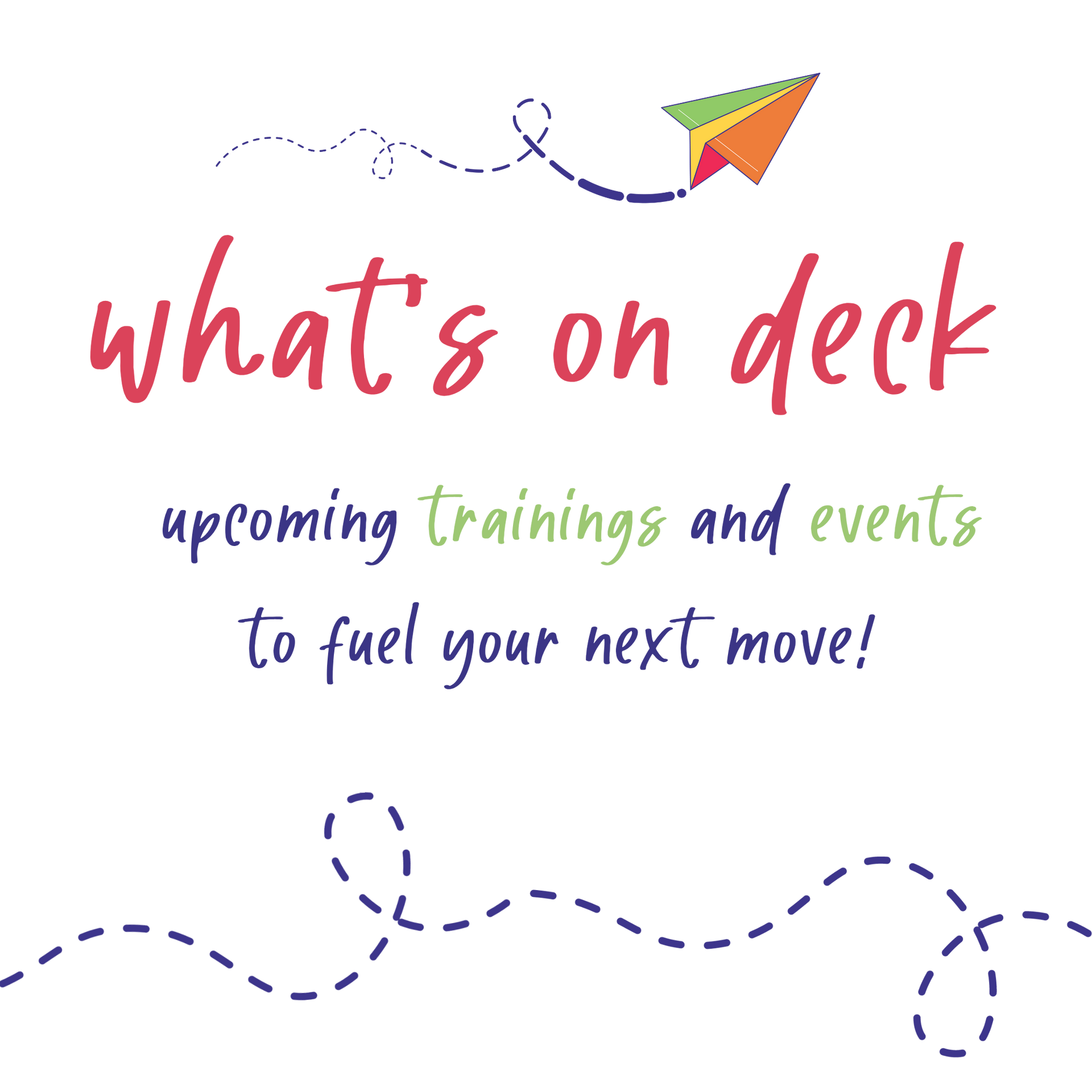
Share this article
